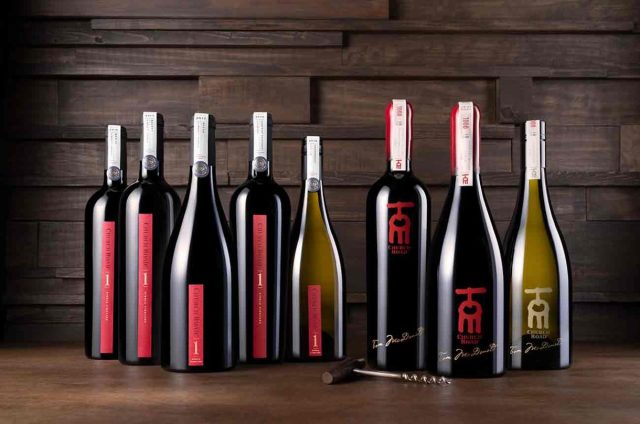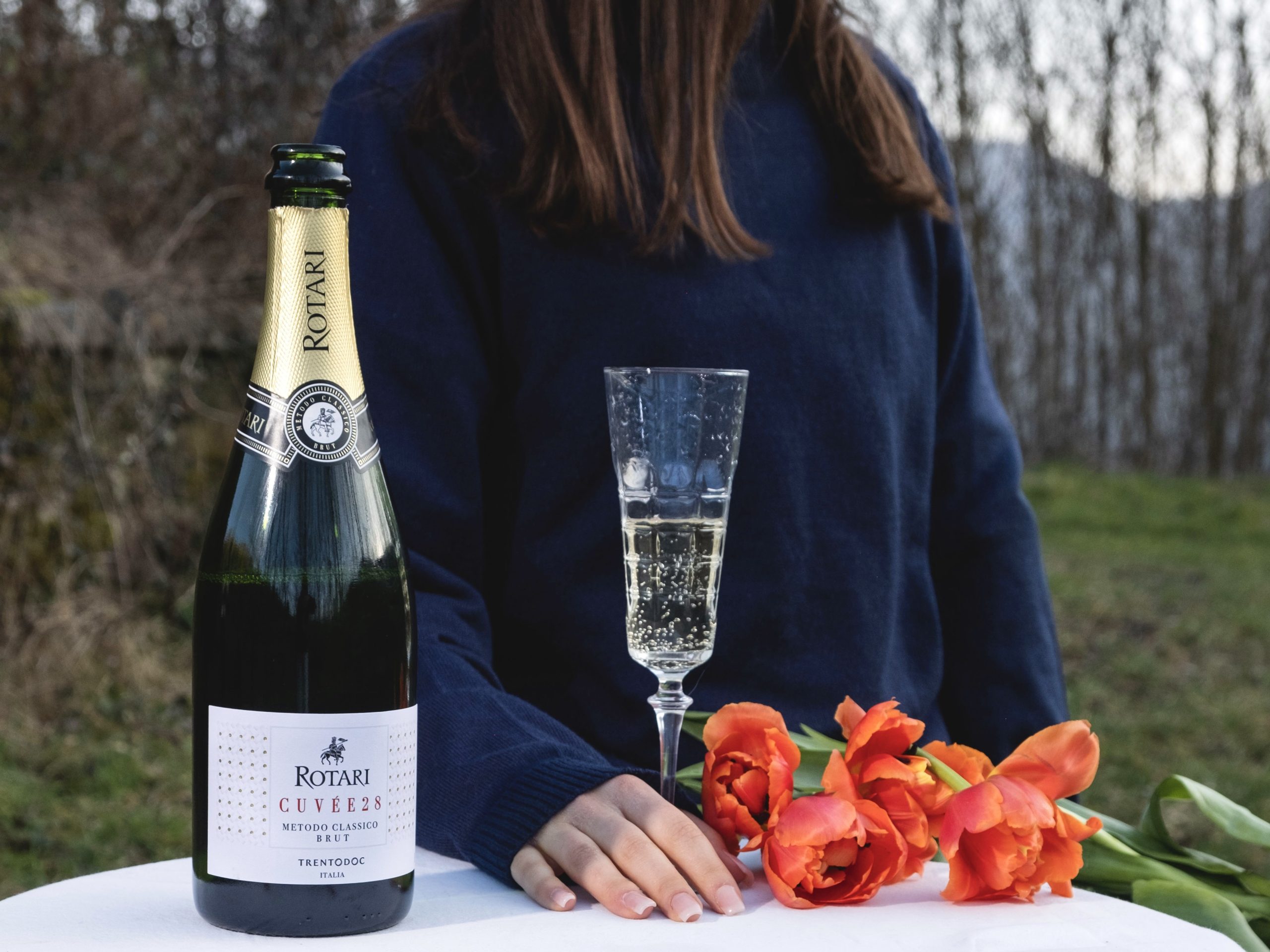Why Hawke’s Bay wines are ripe for China
It may not have the fame of Marlborough, but New Zealand’s Hawke’s Bay wine region is well-placed to sell well in China – and deserves greater recognition worldwide. Patrick Schmitt explains why.

Having been asked to introduce a masterclass in Shanghai on the wines of Church Road on Monday this week, it seemed important to consider why this brand was relevant to the Chinese consumer. One might think it was due to this brand’s distinctive packaging, featuring weighty black glass adorned with deep red logos and labels, as well as wax seals on the flagship expressions. Such a striking, luxury look should appeal to a market we’re told likes smart bottles with plenty of ‘lucky’ red.
But no, it was something far deeper that in my view made this producer suitable for the wine lovers of Shanghai. That was the style of the wines, which owed their character to their source region: New Zealand’s Hawke’s Bay.
You see this is an area that specialises in warm climate red varieties – particularly those based on Bordeaux grapes, along with Syrah – as well as fine, age-worthy white wines from Chardonnay.
And what does the Chinese drinker mostly demand? Well, fine reds, with a notable fondness for Bordeaux, as well as rich expressions based on Syrah – made popular when Australia was a dominant supplier of wine to China.
There’s also this nation’s growing appreciation for fine whites, especially those made from Chardonnay. If ever there was a part of New Zealand that should be ripe for the Chinese market, it should be Hawke’s Bay.
But, whatever the market, it’s my feeling that it’s time we started talking more about Hawke’s Bay. Why? This is a fantastic fine wine region that is somewhat underrated relative to other famous Cabernet and Merlot producing places of the world – not just Bordeaux but Tuscany and Napa.
It’s also a source of world-class Chardonnay – without the fame and high prices of fine Burgundy or Californian whites.
Partner Content

So what’s key to the character of Hawke’s Bay?
Firstly, there’s the climate, which is warming but moderate, with plenty of sun and dry summers, despite the region’s proximity to the ocean. Indeed, Hawke’s Bay has the warmest and longest grape growing season out of all New Zealand wine regions.
To draw comparisons, Hawke’s Bay has an average Growing Degree Days (GDD) between 1,200 and 1,500, which puts it in the same range as warm wine regions like Bordeaux (1,200 to 1,400) and the Napa Valley (1,200 to 1,700)
Secondly, there are the soils, which are prized for their free-draining stony nature, with notable sub regions being Gimblett Gravels and Bridge Pa Triangle, both of which occupy old riverbeds.
Thirdly, there’s the style, which I would say shows the restraint of fine Bordeaux with hint of Californian richness. Regarding Syrah specifically, in ‘blind’ tastings, it’s easy to confuse Hawke’s Bay with Saint-Joseph in the Northern Rhone.
Fourthly, there’s the region’s strong green credentials, with many producers in Hawke’s Bay practicing sustainable and / or organic viticulture. Fifthly there’s its history: Hawke’s Bay is New Zealand’s oldest wine-growing region, with more than 200 vineyards, and 125 wine producers.
And, finally, for those looking to visit the region, it’s certainly a draw for tourists, with more than 30 cellar doors – ensuring that Hawke’s bay is now recognised as one of the 12 Great Wine Capitals of the World.
Related news
Church Road: New Zealand wine should to be known for its diversity
Crown Jewels: how Church Road is putting Hawke's Bay on the fine wine map
Church Road: from Bordeaux influence to New Zealand excellence




